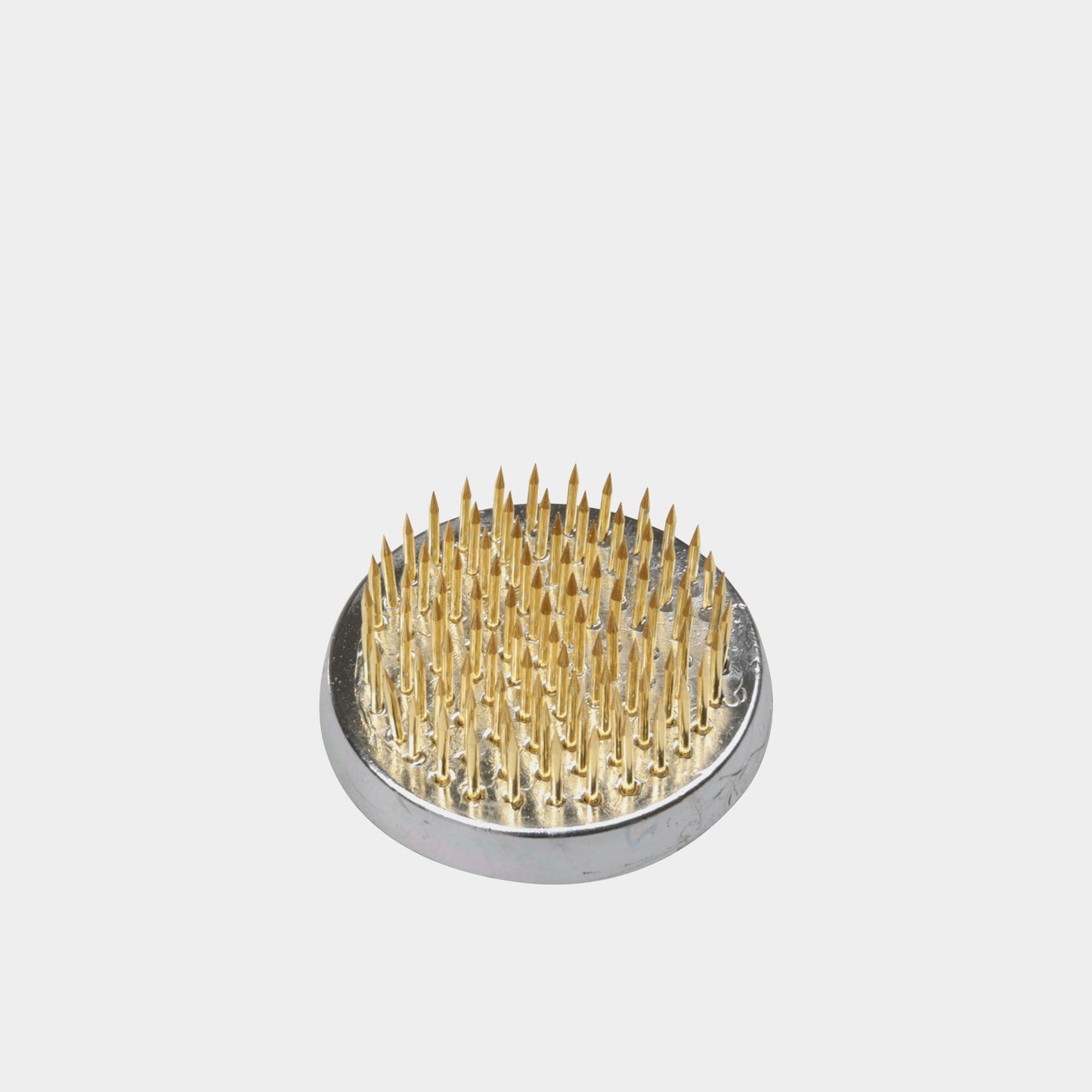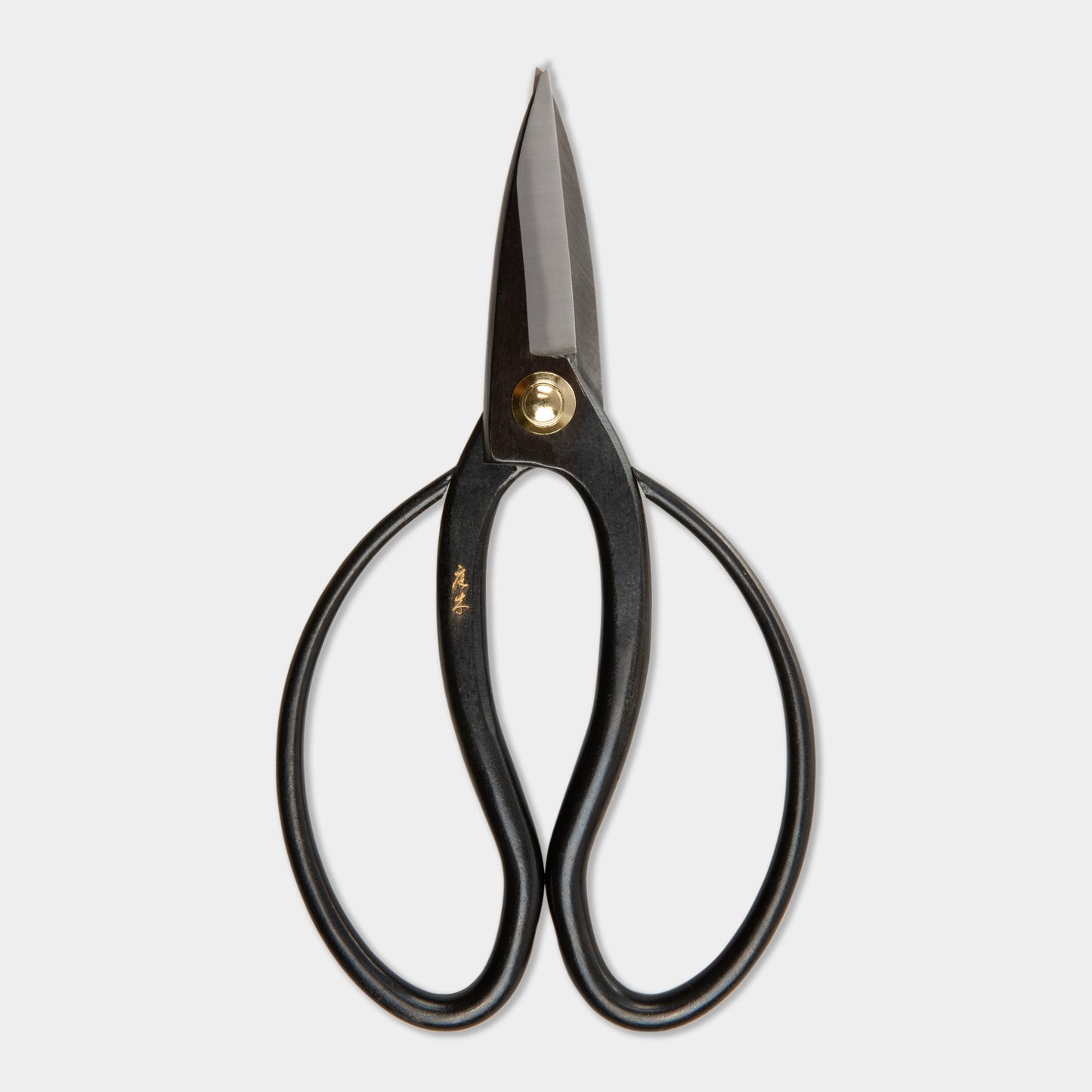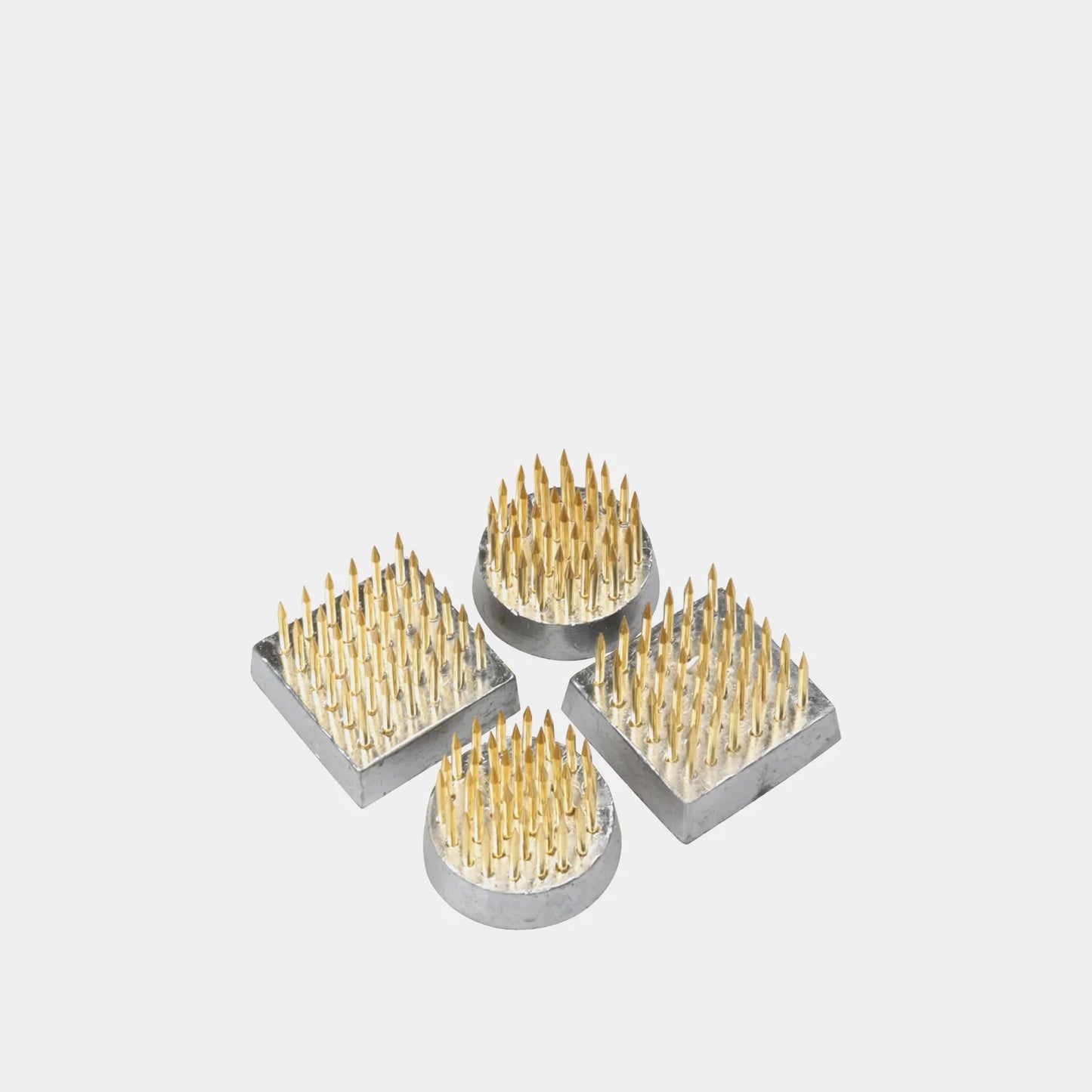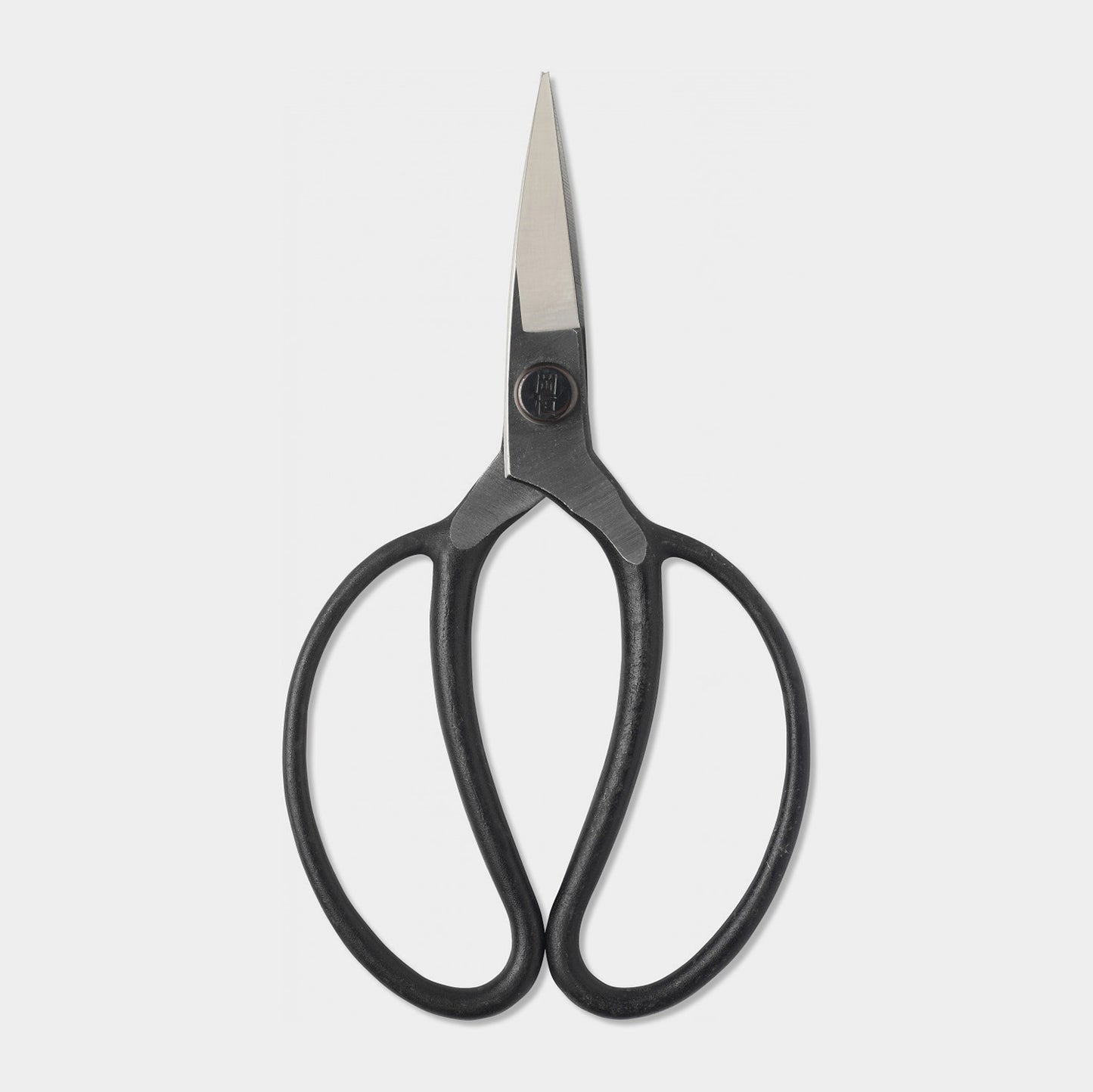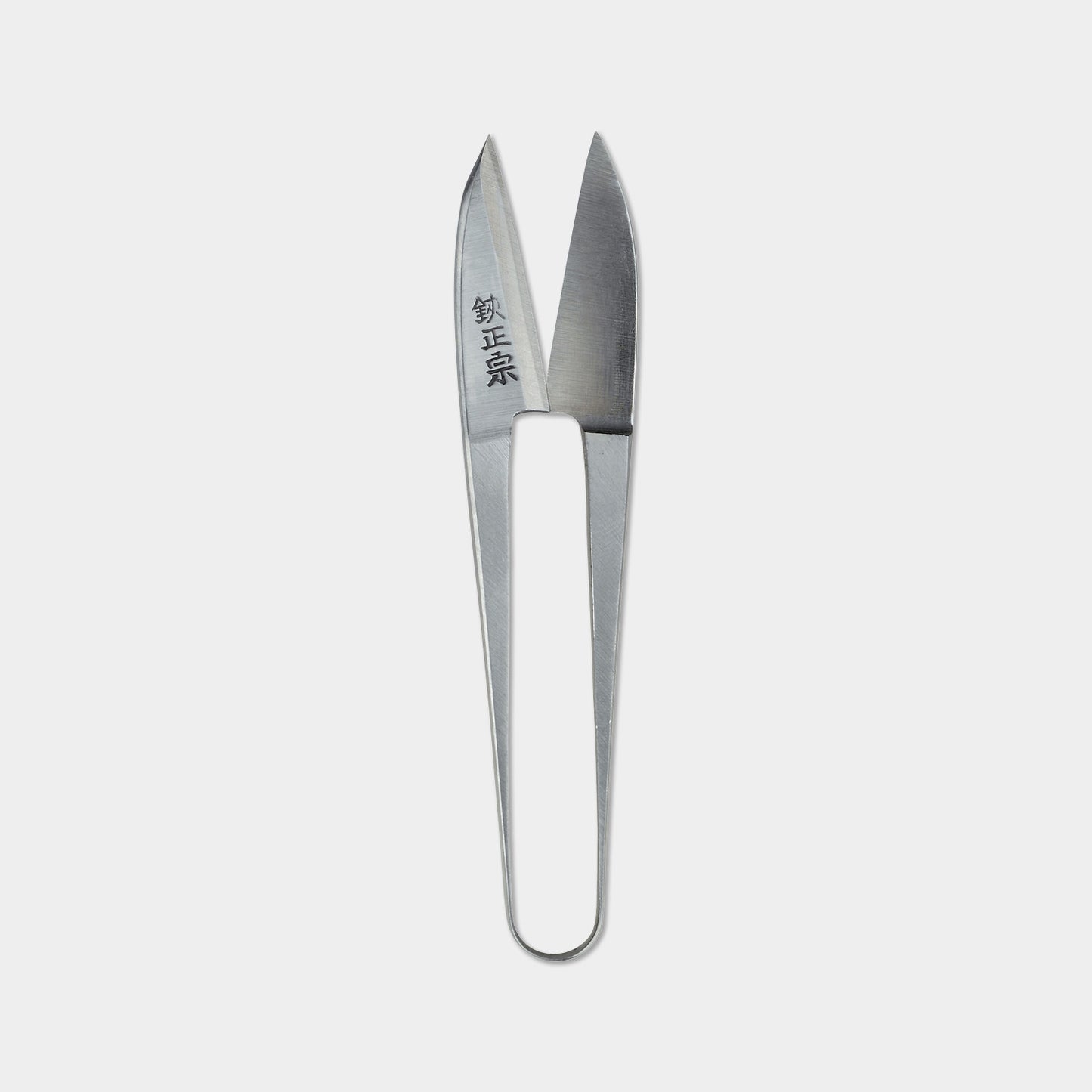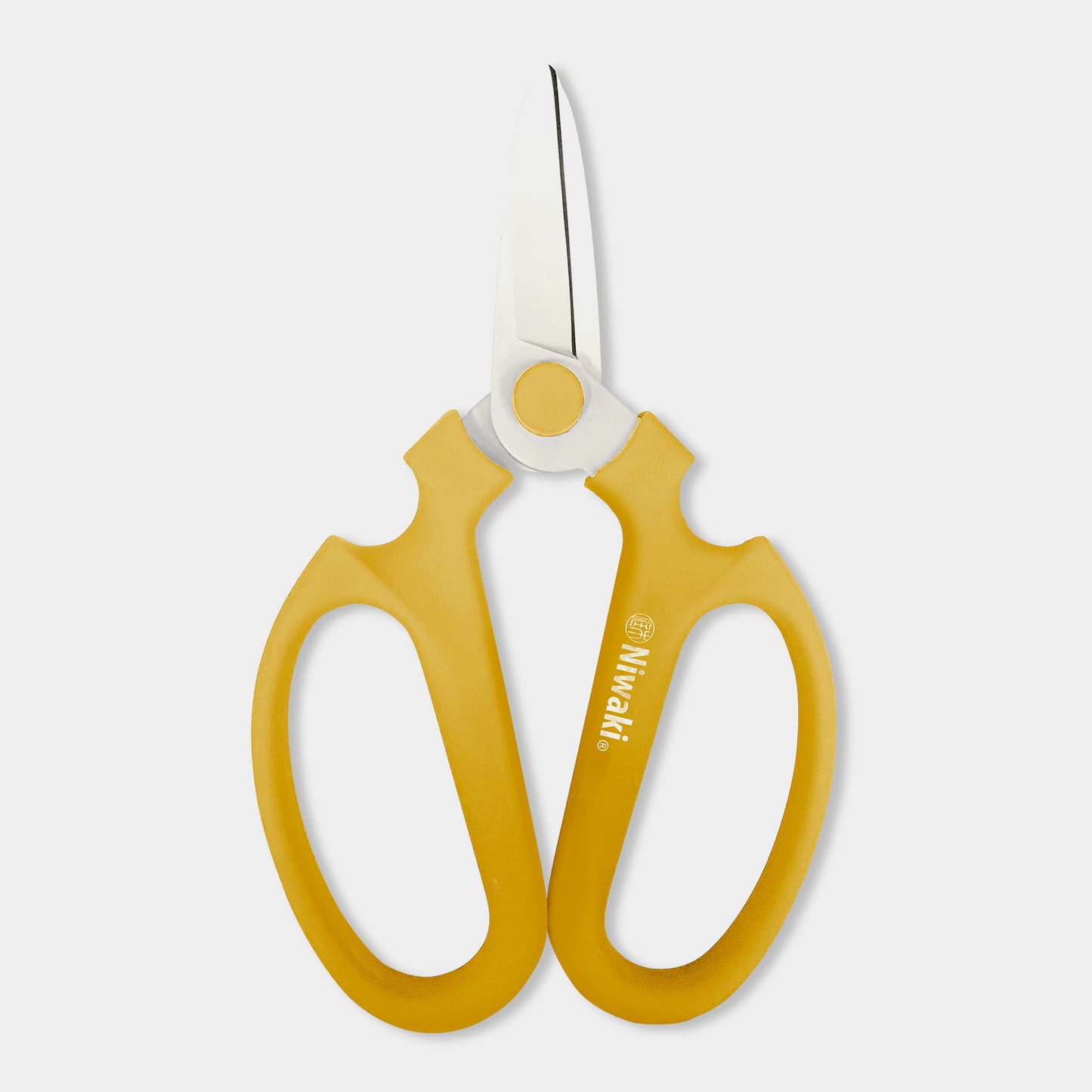Floristry & Ikebana
Ikebana is a traditional and highly regarded Japanese art form that focuses on the skillful arrangement of flowers and other natural elements to create aesthetically pleasing and harmonious compositions. The term "ikebana" can be translated as "making flowers come alive" or "living flowers." It's not just about putting flowers in a vase but rather an art form that involves careful consideration of various elements, such as line, balance, harmony, and minimalism, to convey specific feelings and emotions to those who observe the arrangement.
Ikebana has a long history in Japan, dating back centuries, and it has evolved into various schools or styles, each with its own principles and aesthetics. While there are traditional rules and forms to follow, ikebana also allows for creativity and self-expression, making it a unique and deeply cultural art form that holds both artistic and philosophical significance.
The main components of an ikebana arrangement often include the flowers (the main element), branches or stems (supporting elements), and leaves or other natural materials. The arrangement may be simple and minimalist or more complex, depending on the chosen style and the message the artist wishes to convey.
Ikebana is not just about creating visually pleasing flower arrangements; it also carries spiritual and philosophical elements, and it is often seen as a way to connect with nature and find inner peace. It has gained popularity not only in Japan but also around the world as a respected and admired form of artistic expression.


